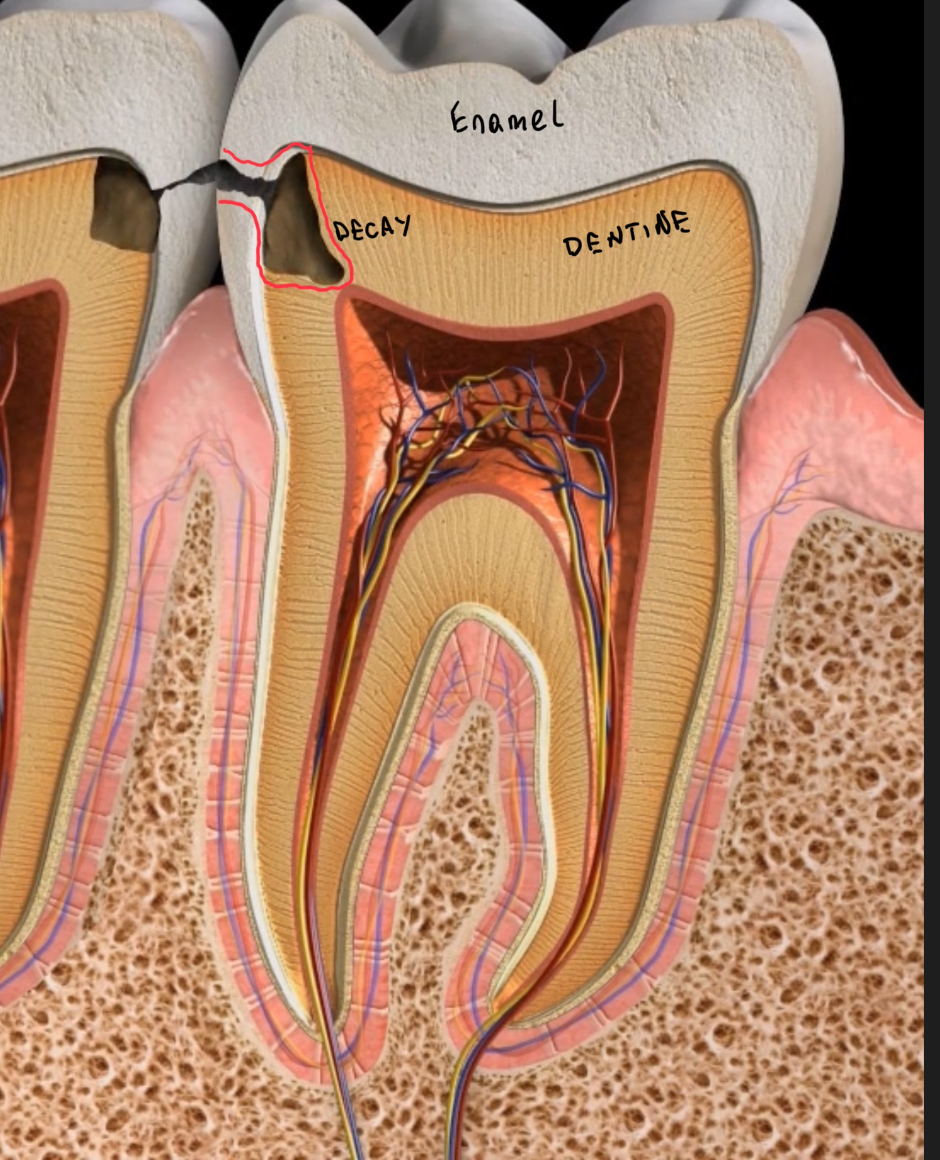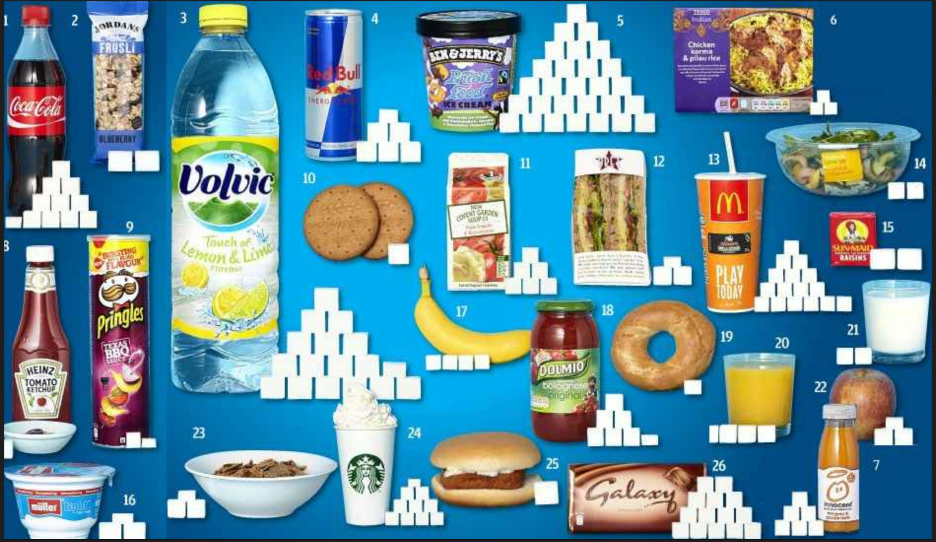WORD OF MOUTH Tips and Tricks for the patient.

Every fortnight Paul Moore will be chatting on Galway Bay FM with Ronan at 2.30 ( dentist's time) on Monday afternoon.
ACIDIC DRINK AND FOOD Teeth don’t like Acid
Effects of acid depends on the strength or PH of the acid and the time and frequency of exposure to the acid. The Lower the pH Value the stronger the acidity .
pH is an old abbreviation for a french description of the acidity of water. The French term is "puissance d'hydrogen", which means "power or strength of Hydrogen". The p is small because it refers to a word. he concept of pH, introduced in 1909 by Søren Sørensen as a convenient way of expressing acidity
There are three main sources if acid that affect your teeth and gums.
1. Acidic food and drink directly dissolves the enamel causing erosion of the teeth , the enamel and the root surfaces.
2. Sugar you eat or drink, combines with bacteria in your own mouth. and the bacteria digest the sugar to generate local concentrations of acid . This causes decay , cavities and contributes to failing fillings. It also and contributes to gum disease and bone loss around the teeth.
3. Acid reflux from stomach.
The first problem with drinking Coke or any other soft drink is the sugar, which bathes and nourishes bacteria which in turn crank out their own mild acids.
The longer and the more frequently, you have this acid on your teeth , the more the enamel will DEMINERALISE or dissolve.
The effect of acid on teeth is like any chemical reaction . If you leave your bike out in the rain it WILL rust.

A tooth has a layer of glass like enamel over the body of the tooth which makes up the roots and the shape under the enamel.
The “nerve” is part of the core of the tooth which supplies the blood and nutrients to keep your tooth alive.
Think of the enamel as a sheet of special glass over the body of the tooth ( dentine ) .
This enamel is a crystalline structure, a bit like a sponge filled with resin .
It is incredibly strong mechanically, but dissolves in acid.
If you destroy the resin, the frail sponge then collapses.
If the source of the acid is from a drink the overall surface of the tooth is attacked and the enamel gets a bit thinner.
As the enamel gets thinner, the reflectivity of the teeth and the colour of the tooth deteriorate and the teeth get smaller and darker.
As the enamel gets thinner the teeth can also become more sensitive until eventually the nerve can be directly involved.
Some fizzy drinks, eg Coke / Pepsi can have PH values of 2.2, equal to vinegar or lemon juice. The acidity gives the tart or tangy taste
The problem is, no one in their right mind would keep a bottle of vinegar on their desk and sip from it all day long. People do that with coke, and increasingly, they are given it from young age.
Even the “sugar free or “Zero” options have the acidity.
Acid from Sugar
Each and every time you have sugary food and drink, any bacteria on and between your teeth, and hidden under your gums will react chemically with the sugar and the chemical reaction will release acid .
The more often, and the longer the sugar is in your mouth, the greater the concentration of acid produced and the more the damage.
The acid attack lasts for approximately 30 minutes after each exposure and decalcifies the outer layer of teeth called enamel. So if you eat sugary snacks and drink sugary drinks through the day, cont up how many attacks you have to judge your risk.
What should you do?
Sun Tzu's The Art of War. said - “Know your enemy”.  Look at the sugar content of the items below.
Look at the sugar content of the items below.
Reduce the number of times a day you eat sugary food.
Cut down on sugary foods - particularly snacks
Brush your teeth AND gums.
Ask you dentist or hygienist if your flossing technique is correct and remember you only have to clean the teeth you want to Keep!
Just had some acidic foods? You should wait 1 hour before brushing. Brushing right after consuming acidic foods can accelerate acid wear and increases your risk of tooth sensitivity. Rinse your mouth with water instead before you brush.
Foods that are considered acidic must have a pH level of 4.6 or lower.
lemon juice (pH: 2.00–2.60)
limes (pH: 2.00–2.80)
blue plums (pH: 2.80–3.40)
grapes (pH: 2.90–3.82)
pomegranates (pH: 2.93–3.20)
grapefruits (pH: 3.00–3.75)
blueberries (pH: 3.12–3.33)
pineapples (pH: 3.20–4.00)
Dry Mouth (Sjogren's syndrome )
is a disorder of the immune system (the body's defence system against infection). White blood cells attack the body's tear and saliva glands, which reduces the amount of saliva and tears produced. This causes a dry mouth and dry eyes, along with other related symptoms.
Saliva contains protective elements like calcium, phosphate and bicarbonate that help to maintain a near neutral oral pH and prevent breakdown of enamel.
Lack of saliva means that the bacteria and acids don't get washed away or diluted and the acidity in the mouth puts one at increased risk for tooth sensitivity, cavities, enamel erosion and gum infection.
Consuming acidic sugar-free products “cuts out the middle man” to create an acid attack causing a condition called dental erosion. Dental erosion is the loss or wear of dentaL hard tissue from acids not caused by bacteria.
Damage to tooth structure can also occur from certain medical conditions that cause exposure to stomach acids. Examples include eating disorders like bulimia and gastrointestinal issues like acid reflux or GERD. Cancer treatments may lead to nausea and vomiting, creating an attack on tooth structure from stomach acids.
If you have a dry mouth. Talk to your dentist. Talk to your doctor. Together they will advice you how to control the symptoms or limit the problem and monitor your health for any adverse effects.
Reduce for amount of sugar in your food and drink.
Reduce the frequency you are exposed to sugary and acidic foods and drinks.
Remove the bacteria or plaque that you can reach by brushing your teeth.

2 Comment(s)
Hi Paul I was Listening to you on the Radio with Ronan Lardner. I have a Question about Bleeding Gums I do have Gum Disease.. I keep my Teeth Cleaned and Visit my Dentist and Hygenist Once a Year.. I\'m Currently 31 Weeks Pregnant and I know the Bleeding Now is to do with Pregnancy.. I had the Same Trouble with my Teeth with my First Pregnancy.. I find my Front Teeth Getting Very Thin I\'d be afraid I\'d loose my Teeth.. I have Deep Pockets in the Back.. Could you Cap Front Teeth if the Bone wasnt Great there I\'m 45 Yrs Aswell Thanks Paul
Hi Christina. There may well be an option to work with your front teeth to improve appearance if you have lost enamel. First may I congratulate you on number 2 ! \r\nThe priority at the moment would be to care for your gums, which certainly can respond more to bacteria during pregnancy. The principal is still the same though. the better you can remove the bacteria with toothbrushing , the better for your gums. \r\nDo see your dentist, even before the birth and if required they will recommend a visit with the hygienist, or maybe more than one, to remove the bacteria you cannot reach. \r\nPost-partem when you get a chance, follow up and ask your dentist to check the bone levels and review x rays and make a programme to try and improve the gums . The result can really be worth the effort.\r\nStay safe and keep smiling\r\nPaul\r\nHope to hear you have a beautiful baby and
Leave a Comment